
“Facts from the ‘fact check’ make one thing clear: despite known issues with pharmaceuticals in the water, the potential harms of Chemical Abortion Pills have been ignored. Lack of evidence and testing from U.S. sources doesn’t justify government-sanctioned, corporate dumping of chemically tainted medical waste and human remains into America’s waterways,” said Students for Life of America President Kristan Hawkins.
“The FDA’s Don’t Ask-Don’t Tell approach to Chemical Abortion Pills represents a failure to protect aquatic, animal, plant, and human life from the potential harms of active Chemical Abortion pill agents in the water we all depend on. Basic safeguards like Red Bag Medical Waste disposal aren’t required. A negligent lack of curiosity about the impact of pathological waste in our drinking water isn’t a sign that nothing is wrong. It’s a sign that our government has failed to do its job.”
WASHINGTON D.C. (06-02-2023) – After cooperating with an extensive PolitiFact fact check of Students for Life of America’s push to include potential environmental harms to the issues of Chemical Abortion Pills, Students for Life of America President Kristan Hawkins noted that the article out this week “confirms what we have been saying all along. The FDA and EPA have failed to ensure that government-sanctioned, corporate dumping of medical waste into our drinking water isn’t hurting us.”

“The lack of U.S. evidence that we flagged as a problem from day one of this project isn’t absolution; it’s the sign of failure by the FDA.” Students for Life of America has been on the cutting edge of insisting that rather than waiting to find out how bad things are, we must act now to protect all of us from abortion industry pollution by requiring Red Bag Medical Waste disposal or by pulling Chemical Abortion Pills from the market until analysis is completed. The fact that abortion vendors and hospitals aren’t permitted to flush human remains and placenta tissue shows the bias in favor of the No Test, Online Chemical Abortion Pill Distribution business.
“While the article jumps wildly in its discussion from topic to topic, their basic finding was that Americans don’t need to worry about environmental harms because we have no U.S. tests to consult. So, let’s get that testing done. Lack of evidence is the problem, not the excuse for more government-sanctioned dumping of pathological medical waste.”
“PolitiFact asks, Anti-abortion advocates turn to the environment: Is mifepristone in wastewater a threat? Let’s find out. For our own safety and the safety of aquatic, animal, plant, and human life, we need to know what’s in the water and stop government-sanctioned, corporate dumping of medical waste.”
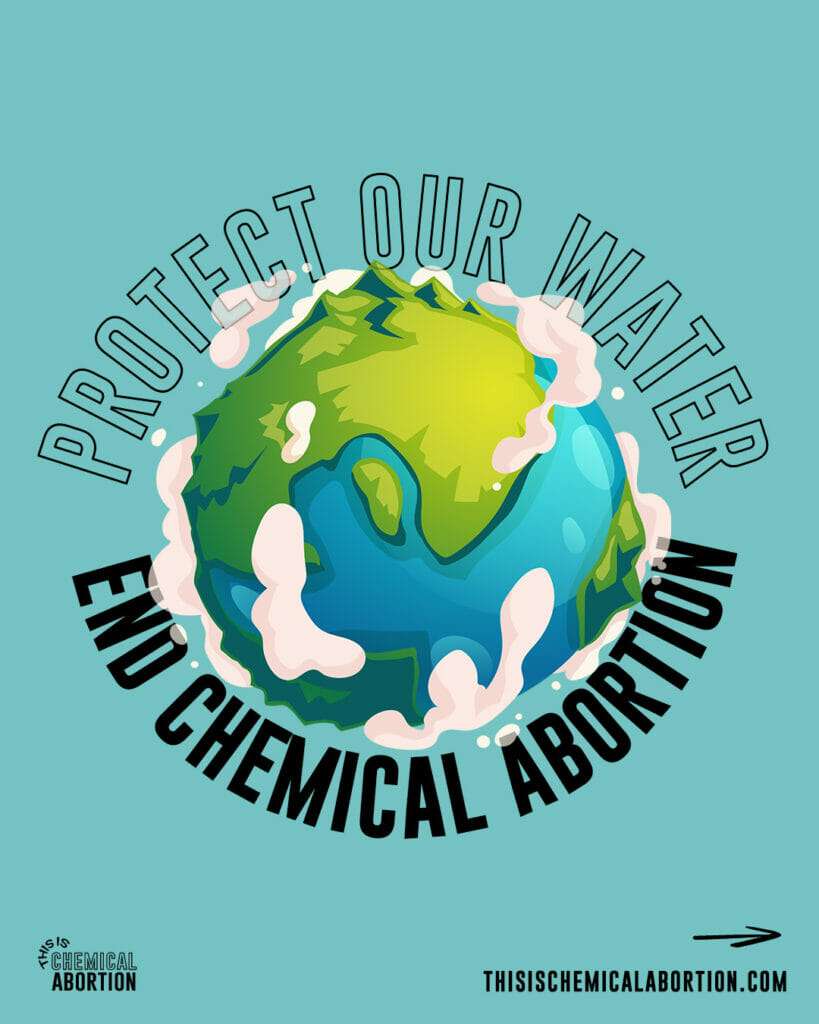
To read Students for Life of America’s Amicus Brief before the Fifth Circuit on Environmental Concerns with Chemical Abortion Pills, click here.
For an op-ed from Hawkins and two legislators at Newsweek: click here to read Stop Dumping Abortion Medical Waste
In the article, which did not issue a finding on a false to true scale as PolitiFact tends to do, the facts checked included that:
√ In the U.S., insufficient testing has taken place, leading to “no evidence” in the U.S. of documented harms, though other countries have some findings, as noted in SFLA’s citizen petitions to the FDA.
- The lack of testing is a problem SFLA has long understood and has outlined in a number of FDA Citizen Petitions, to Congress, in opinion pieces and social media, and in testimony. Learn more here.
- In addition, FIVE times the FDA failed to check on potential harms to endangered species, which is a different category of testing.
- As the Fifth Circuit noted in a current case regarding Chemical Abortion Pills, pointing to a lack of evidence on an issue you don’t track is disingenuous.
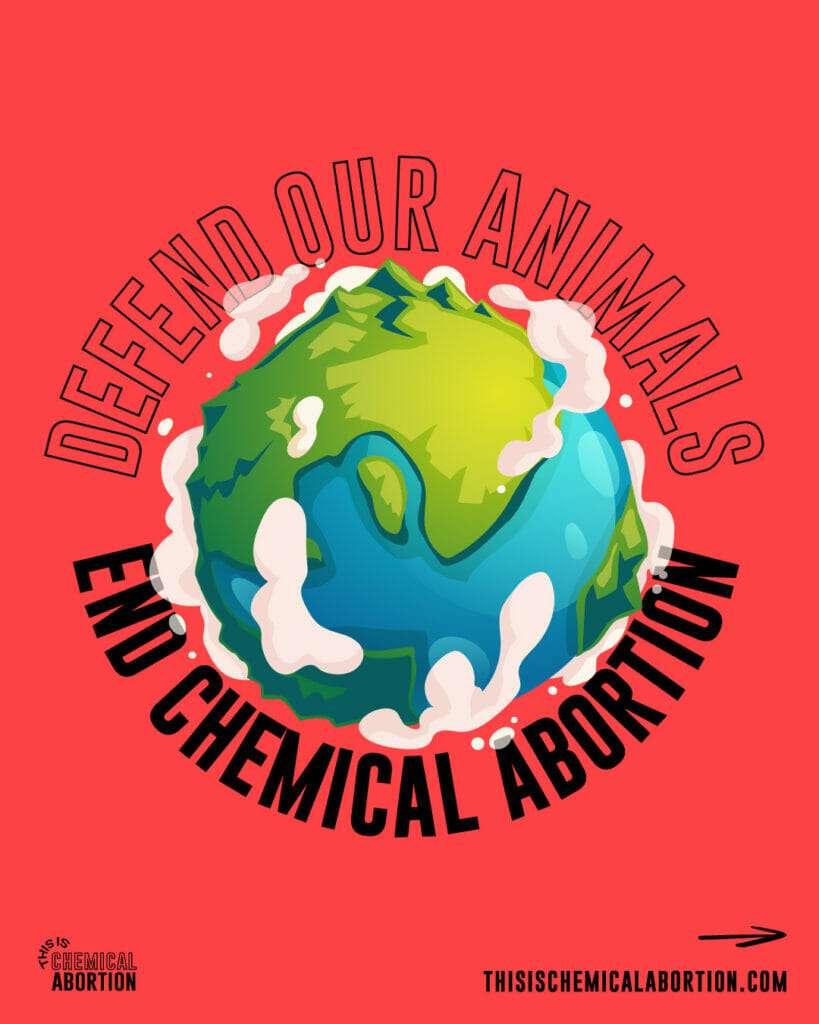
√ PolitiFact makes an error in asserting that the FDA themselves did a required environmental assessment when they just accepted a report from the abortion supporting Population Council.
- The FDA cover memo on that report is available here.
- The Environmental Assessment from the Population Council found here.
- Students for Life of America’s third Citizen Petition to the FDA also notes that the FDA has failed FIVE TIMES to evaluate the impact on Chemical Abortion Pills on endangered species, another environmental concern that was ignored.
√ PolitiFact notes pharmaceuticals in the water “can be a big issue” … but “experts” don’t want to focus on abortion-causing drugs and report that potentially harmful elements “aren’t included in databases used by” those tracking these issues.
- We know and confirmed with our own FOIA requests to waste water boards that insufficient tracking is taking place and said so in a number of FDA Citizen Petitions.
- The failure to look doesn’t mean nothing is there to find.
- Lack of evidence of the scope of harms doesn’t make dumping chemically tainted medical waste into our nation’s water supply a non-event.
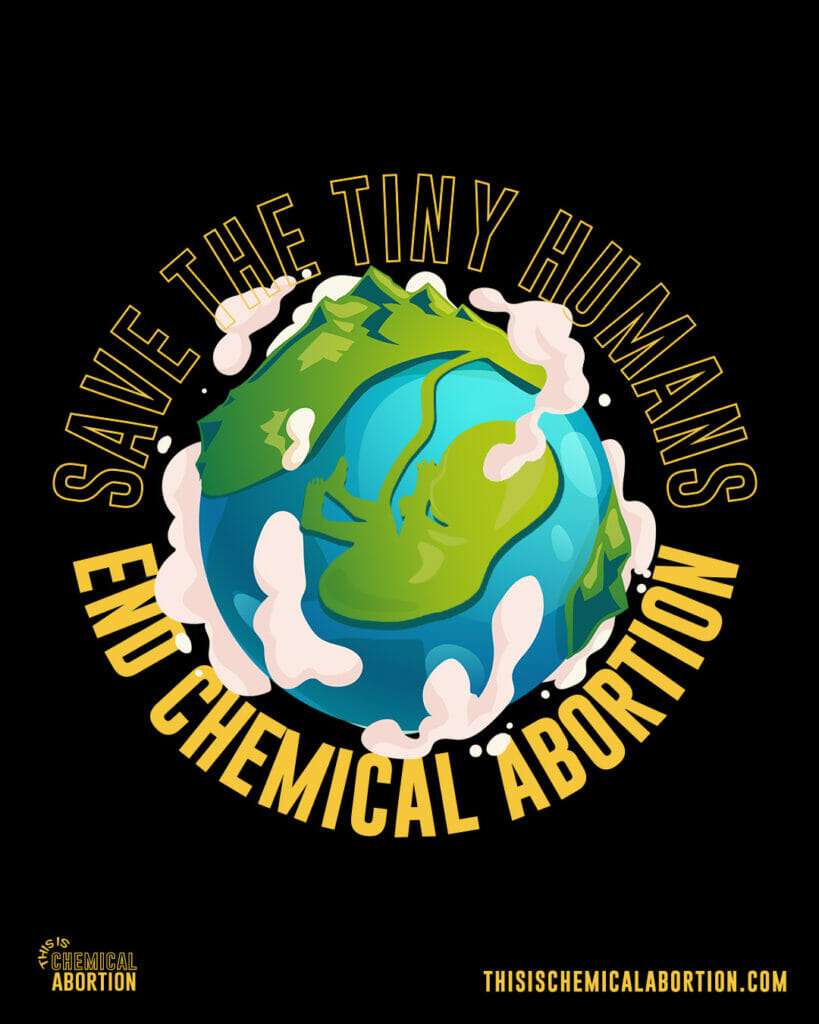
√ In the article, without any evidence directly relevant in the U.S., one expert has “zero reason” to think mifepristone is more harmful than other drugs just because traces of it may remain in wastewater.” Zero materials to review doesn’t equal zero problems.
- Don’t Ask/Don’t Tell is the problem with this issue, not a reason to allow chemically tainted blood, placenta tissue, and human remains to be flushed into our wastewater.
- Even if you support abortion, that’s not an argument for dumping pathological medical waste in the water supply until required to stop.
√ A key “expert” selected has a personal and family connection to pushing abortion. Choosing an abortion supporter to explain the environmental issues of abortion is like asking Big Tobacco to explain cigarette-related lung cancer. The incentive just isn’t there to do it properly.
- Nathan Donley, environmental health science director for the Center for Biological Diversity, is quoted extensively in the article, talking about concerns for pharmaceuticals in general, but not abortion drugs in particular, but he is not a detached scientist. In fact, he has ties to those supporting Chemical Abortion Pill use and distribution.
- His employer, The Center for Biological Diversity, actively supports abortion, as noted in a statement from October 2021 on their website, where it’s written: “Social and reproductive justice are also environmental justice. The Center for Biological Diversity denounces all attempts to deny people access to safe and legal abortions.”
- Donley writes about his support for abortion in his personal life choices, a sentiment his sister shares, at the New York Times.
- Donley’s sister also advocates directly in the New York Times for President Joe Biden to do more to promote Chemical Abortion Pill use.

√ Tom Young, a civil and environmental engineering professor at the University of California, Davis, tries to have it both ways on problems with the water, arguing that environmental concerns regarding pharmaceuticals in general are valid, but not regarding abortion industry pharmaceuticals. Which is it?
From Young: “Wastewater fate is usually never part of pharmaceutical assessment,” he said, “but there’s been decades of research by people like me who have documented all the chemicals present in wastewater.”
- An FDA checklist related to Chemical Abortion pills and included in an FDA report from 2016 shows that in fact, an environmental assessment is part of the process, though not marked complete in documents seen here.
- Earlier, the FDA did not do an independent environmental assessment of the abortion drug but did put a cover memo on a 1996 report from the Population Council assessment. That also was part of the materials offered to PolitiFact, even if Young did not seem aware of it.
√ PolitiFact points to a researcher whom they report as saying his study doesn’t quite address concerns over what’s in the water and the need for testing. Many studies are cited in SFLA’s citizen petitions found here. But consider the information as published in the report featured by PolitiFact.
- From the report itself: “Vast numbers of xenobiotics are known still to be present in treated municipal wastewater treatment plant (WWTP) effluents. Some of these possess endocrine-disrupting potency and pose risks for exposed aquatic animals. We searched for 17 potential environmental contaminants having affinity to the progesterone receptor … We showed the presence of target compounds and (anti-) progestagenic activities in municipal wastewater and surface water … Progestagenic activities were detected in all effluents and ranged from 0.06 to 0.47 ng/L of reference compound ORG 2058 EQs (a synthetic progestin equivalents), thus indicating incomplete removal of progestins during wastewater treatment processing. This activity poses a continuing risk for the aquatic environment.” Emphasis added.

√ Environmental justice warriors declined to denounce this effort, perhaps because they are taking a look at FDA failures as SFLA is?
- In the article: “Environmental law groups did not respond to PolitiFact’s questions about whether the FDA failed to adequately test for mifepristone-related environmental harms.”
Students for Life has called on animal rights and environmental groups to join us in our call for clean water. Click here to read: Students for Life of America Challenges PETA “to join our efforts to protect the environment and endangered species by stopping the practice of dumping medical waste” from Chemical Abortion Pills
Other facts not included by PolitiFact:
When then President Bill Clinton forced Chemical Abortion Pills onto the U.S. market, strong assurances were made about how the pills would be used and how they would impact both women and the environment. (Though little was said about the latter at that time.)
Associated Press Article: FDA Approves Abortion Pill, Thursday, Sept. 28, 2000; 11:57 a.m. EDT, by AP Medical Writer, Lauren Neergaard. Article includes many assurances and descriptions of health and safety standards that are all gone today.

Chemical Abortion Pills were politicized from day one, as our then President and so-called health experts and HHS and the FDA pressured a foreign company to bring deadly drugs to the U.S. when that company was reluctant.
A 98-page Harvard University paper, The Life of the Abortion Pill in the United States, details the political pathway that the drug combination used in Chemical Abortion Pills took to arrive in the U.S., a path so complicated that in the end the manufacturer of the drug “Roussel-Uclaf granted all of the pill’s patent rights and technology, for use in the United States, to the Population Council without remuneration. In return, Roussel-Uclaf rid itself from any liability from product liability claims.” This was accomplished by intense political pressure – not women’s need. In fact, “(a)lthough it took a long year of negotiations, President Clinton, the Department of Health and Human Services, and the FDA succeeded in their efforts to encourage Roussel-Uclaf to help make medical abortion with mifepristone a reality for American women.”
What you didn’t hear much about was how Chemical Abortion Pills, along with the human remains and tissue flushed into our waterway systems, would impact the environment.
At the time, the current scope of the Chemical Abortion Pill market was not anticipated as “(t)he potential market, as compared to other drugs, was small, in the early nineties.”
In a 4-page summary report, with 2 pages being cover pages, the FDA noted “FINDING OF NO SIGNIFICANT IMPACT.”
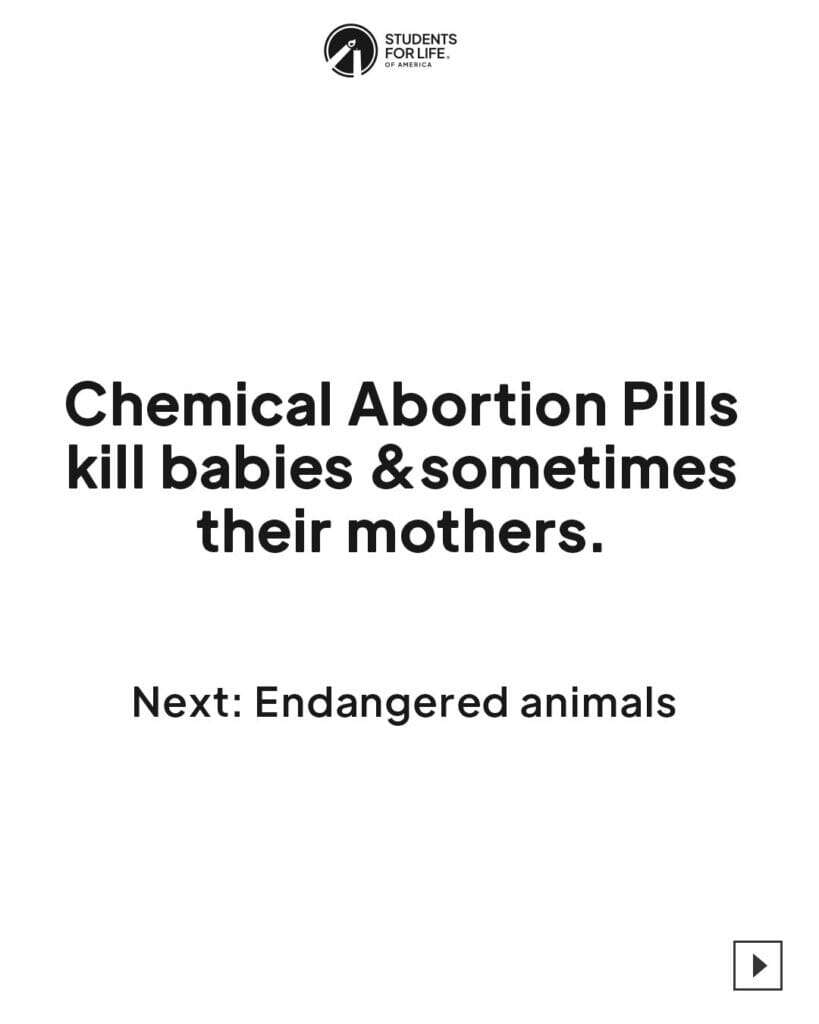
In fact, the FDA did NOT even do its own homework on the Environment Impact – they took the word of the Abortion Industry’s Population Council that there was nothing to see here, except maybe littering of the packaging. It was another Clinton “don’t ask, don’t tell.”
From the 1996 report: “The Food and Drug Administration, Center for Drug Evaluation and Research (CDER) has carefully considered the potential environmental impact of this action and has concluded that this action will not have a significant effect on the quality of the human environment and that an environmental impact statement therefore will not be prepared.
“In support of their new drug application for Mifepristone Tablets, The Population Council has prepared an environmental assessment in accordance with 21 CFR 25.3a (attached) which evaluates the potential environmental impacts of the manufacturer, use and disposal of the product.
“Mifepristone is a synthetic drug which will be administered orally to provide a medical approach to the termination of early pregnancy. Mifepristone may enter the environment from the excretion by patients, from disposal of pharmaceutical waste or from emissions from manufacturing sites. …. The Center for Drug Evaluation and Research has concluded that the product can be manufactured, used, and disposed of without any expected adverse environmental effects.”
How did they conclude this? Where are the tests?

In 1996, the FDA Environmental Impact report said that there would be high standards for disposal, though the focus was primarily on the drug itself, not the human tissue and human remains, which are to be flushed into the wastewater system.
From the 1996 FDA report on disposal locations, in accordance with the Center for Disease Control, guidelines for handling hazardous waste would be followed in clinic or healthcare provider office. “The applicant will use a licensed incineration or grinding and landfill facility to dispose of this type of material.” Emphasis added.
The Chemical Abortion Pill market is exploding, resulting in medical waste in our water systems. This is a NATIONAL crisis as today Corporate Abortion admits that more than half of all abortions are committed with Chemical Abortion Pills.
- The actual percentage of how many abortions are committed with Chemical Abortion Pills is questionable as we don’t have a National Abortion Reporting law, so we are asked to take their word for it. States don’t report uniformly, and some report nothing at all. And then we have the chaos of online purchases, without real reporting, with Chemical Abortion Pill vendors located internationally.
- But consider this, given current trends, Chemical Abortion Pills may soon cause more than 9 in 10 abortions.
- Right now, the FDA says don’t use the pills past 10 weeks.
- Right now, Planned Parenthood says it’s safe to sell the pills to 11 weeks.
- Right now, there is a push for FDA approval to sell these drugs to 12 weeks (and even beyond.)
- Right now, more than 9 in 10 abortions (93.1%) take place by 12 weeks.
- Right now, three-quarters of abortions in Europe are committed with Chemical Abortion Pills, according to the New York Times. And it can be more, as an NIH report notes that countries like Finland use Chemical Abortion Pills 97.7% of the time, and in Sweden, the pills are used more than 96.4%.

Consider that the abortion industry advice on this is to allow the process of the pills to finish in the toilet … but it doesn’t disappear … it goes somewhere … into America’s Waste Water System. When you consider EPA standards for what not to flush, people seem like a logical thing to include.
The only things you can safely flush are the 3 Ps: Pee, Poo, and Paper.
In fact, “the U.S. Environmental Protection Agency (EPA) is encouraging all Americans to only flush toilet paper.”
The EPA is very direct on how to “protect local waterways” by not flushing the wrong things. “What happens to the treated water when it leaves the wastewater treatment plant? The treated wastewater is released into local waterways where it’s used again for any number of purposes, such as supplying drinking water, irrigating crops, and sustaining aquatic life.”
Medications & Chemicals cause particular problems. The EPA notes that such things can impact the fertility of animals and fish.
As Students for Life of America President Kristan Hawkins noted in a 2020 letter to then FDA Commissioner Stephen Hahn, a re-evaluation of the environmental impact of the volume of human remains is needed, given the current status.
Hawkins wrote: “During the approval process for RU-486, an environmental impact study for the drugs focused on the impact of packaging for the drugs, rather than on the impact of human remains in our wastewater system and ground water. Today, with so many lives ending by such chemical abortion pills, it’s vital to reopen an inquiry into the environmental impact on our water and land as so many human beings are being flushed away.

When you consider that the Environmental Protection Agency recommends against flushing tampons to preserve the environment and water safety, how much more significant is disposing of human remains through the wastewater systems across America?”
The need for safe drinking water, among other environmental priorities, impacts everyone, leading the United States to create agencies such as the Environmental Protection Agency (EPA) and the Food and Drug Administration (FDA) However, as the EPA notes, STATES lead the way.
EPA: Who Regulates Medical Waste? Since the 1988 Medical Waste Tracking Act Expired in 1991 “Medical waste is primarily regulated by state environmental and health departments. EPA has not had authority, specifically for medical waste since the Medical Waste Tracking Act (MWTA) of 1988 expired in 1991. It is important to contact your state environmental program first when disposing of medical waste. Contact your state environmental protection agency and your state health agency for more information regarding your state’s regulations on medical waste.
“Other federal agencies have regulations regarding medical waste. These agencies include Centers for Disease Control (CDC), Occupational Safety and Health Administration (OSHA), U.S. Food and Drug Administration (FDA), and potentially others.”

Mishandling Human Remains and Medical Waste can lead to severe consequences. Those negative consequences can impact animals, fish, and people.
The World Health Organization notes: “The disposal of untreated health care wastes in landfills can lead to the contamination of drinking, surface, and ground waters if those landfills are not properly constructed.”
The American Academy of Family Physicians, in discussing Medical Waste disposal in non-Medical locations, notes: “Home based health care can create medical waste which can be hazardous if not disposed properly. Inappropriate medical waste disposal can pose harmful environmental concerns and significant health risks to the public, which include but are not limited to, potential water contamination, inadvertent sharp-stick injuries, and toxic exposure to pharmaceutical products. The AAFP encourages practices to keep all medical and non-medical waste separate to avoid contamination and to facilitate safe disposal of all medical waste. The importance of routine medical waste disposal and destruction practices should be stressed at all city and county levels of collection.”
In medical settings, the Generator of Medical Waste is responsible for getting rid of the human tissue or remains. Consider that if a limb were amputated, they don’t send you home with a leg in a bag to take care of elsewhere. The medical practitioner that began the chain of events leading to the tissue is responsible for its proper disposal.
Medical waste, according to the EPA: “Medical waste is a subset of wastes generated at health care facilities, such as hospitals, physicians’ offices, dental practices, blood banks, and veterinary hospitals/clinics, as well as medical research facilities and laboratories. Generally, medical waste is healthcare waste that that may be contaminated by blood, body fluids or other potentially infectious materials and is often referred to as regulated medical waste.”
The EPA notes in model guidelines that the generator of medical waste has responsibility for its disposal. Blood and human remains would usually be handled by incineration or a process of cleansing the material before disposal.
For more about Chemical Abortion Pills, visit This Is Chemical Abortion.
SAVE THE DATE: On June 24, SFLA will hold an historic event in Washington D.C. to note the one-year anniversary of Roe v. Wade’s end, calling for recognition of the protections for preborn life found already in the U.S. Constitution – in the 14th Amendment. Click here to learn more.
For interviews, contact Kristi Hamrick at [email protected]
–30–
Students for Life Action (SFLAction), a 501c4, along with its 501c3 sister organization, Students for Life of America (SFLA), make up the nation’s largest pro-life youth organization and a political and policy operation engaging people of all ages. Together they work to end abortion — the human rights issue of our day — and provide political, legal, and community support for women and their children, born and preborn. Headquartered in Fredericksburg, VA, SFLA has more than 1,300 groups on middle, high school, college, university, medical, and law school campuses in all 50 states. SFLA creates strategy, policy, and programming to connect those most targeted for abortion with people ready to help and builds a framework for political engagement on their behalf. SFLA and SFLAction have more conversations with those most targeted by the abortion industry than any other pro-life outreach in the world, reaching more than 2 million people across social media platforms each week and engaging in approximately 100,000 digital conversations per month. Over more than 16 years, President Kristan Hawkins has grown SFLAction/SFLA into an $18 million organization preparing for a Post-Roe America.
Share this post
Recent Posts
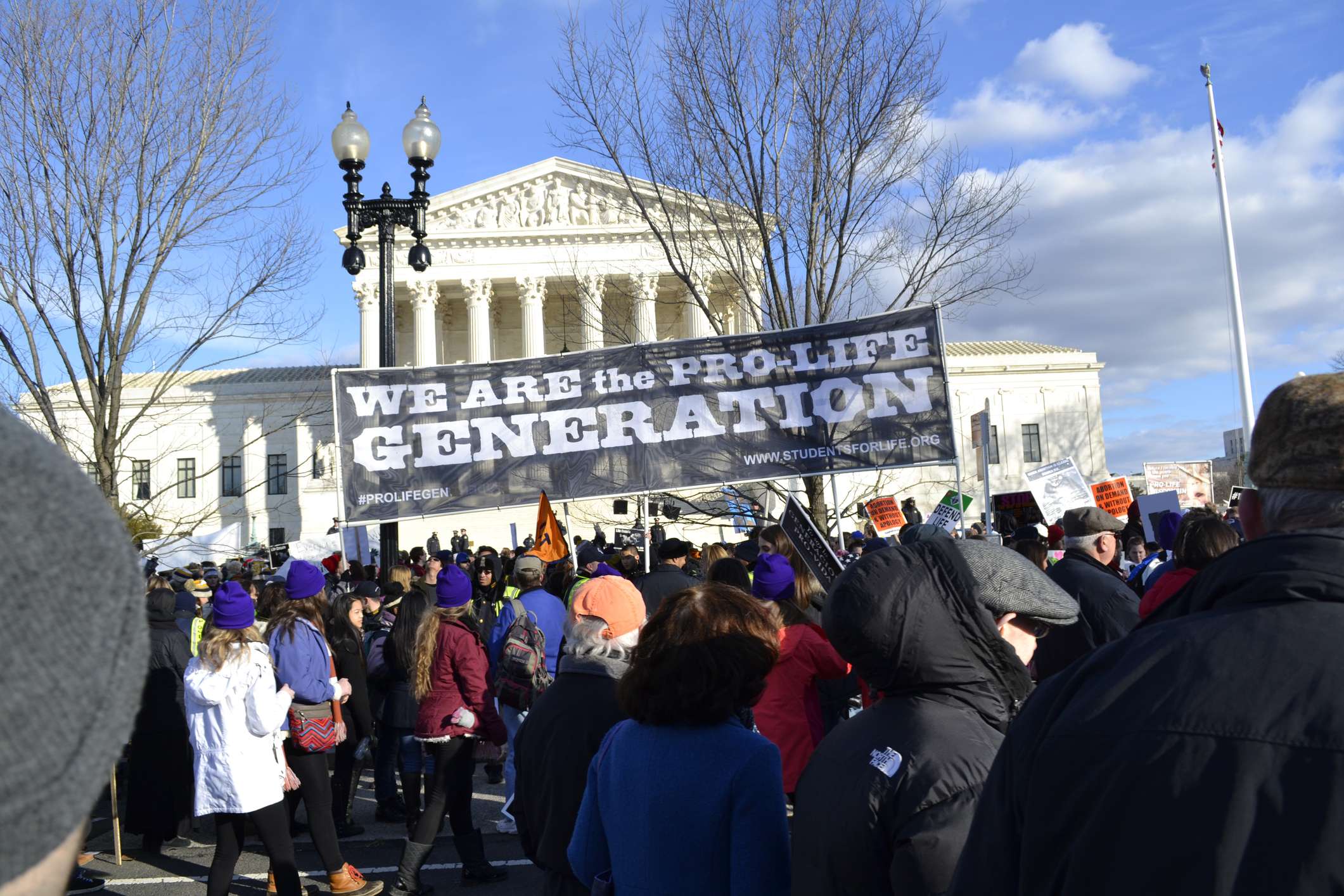
The Pro-Life Generation Rises, and the Numbers Prove It
27 Jun 2025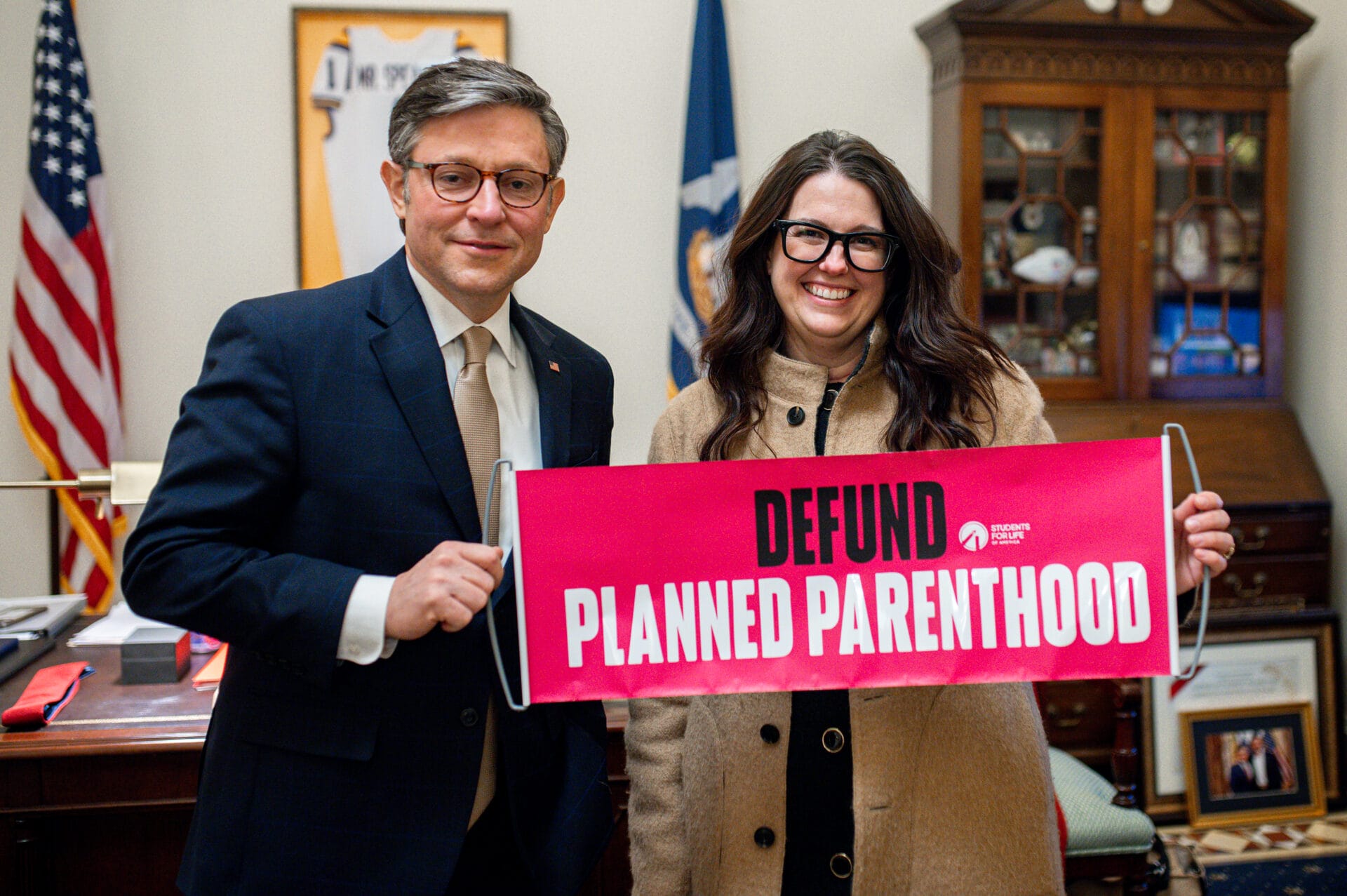
NEWS: SFLA Honors Pro-Life Leaders Taking On Planned Parenthood
27 Jun 2025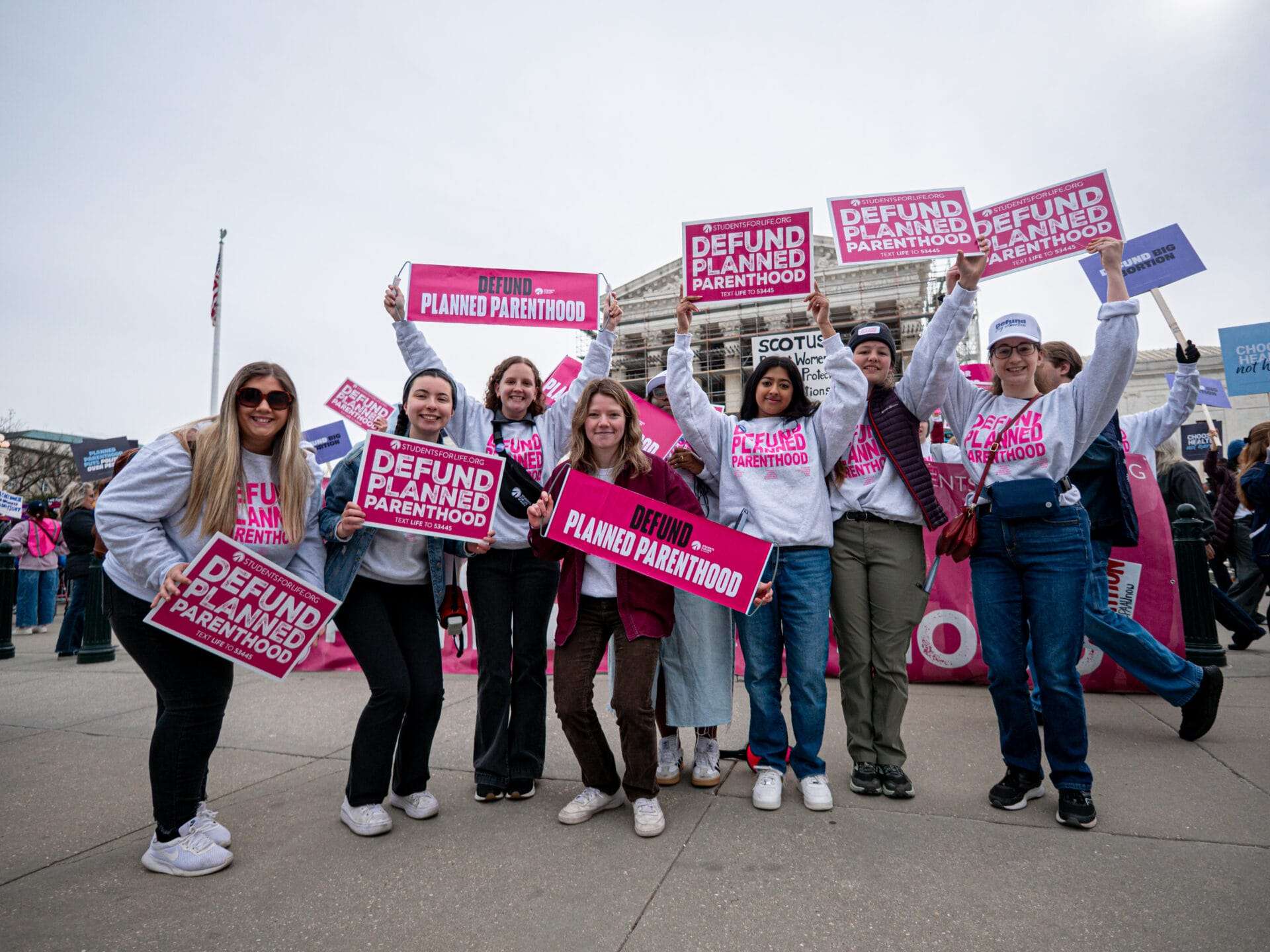
BREAKING: SCOTUS Tells States They Can Tell Planned Parenthood & All Abortion Vendors to ‘Go Fund Themselves’
26 Jun 2025
